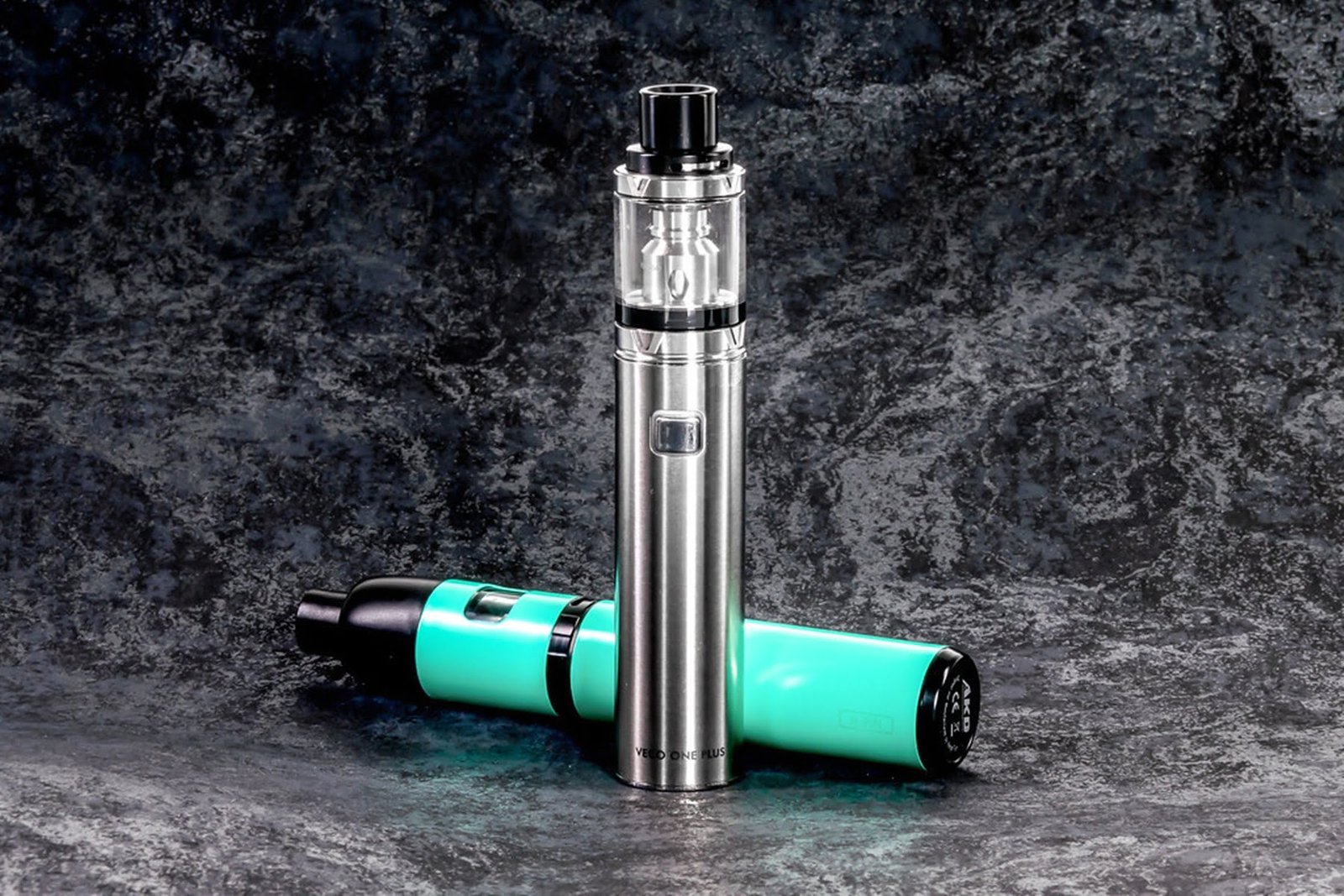Exploring the world of cannabinoids has led to the discovery and innovation of various compounds, each offering unique effects and applications. Among these, THC-X stands out as a notable mention for those interested in the culinary aspect of cannabinoids. However, while the intrigue surrounding cooking or making edibles with THC-X is palpable, it’s essential to understand its nuances, benefits, and potential drawbacks. This guide aims to shed light on THC-X in the realm of edibles and cooking, juxtaposing it with C-Liquid, a different but relevant compound. Our discussion will delve into practical advice, ensuring an engaging and informative read for vaping enthusiasts and culinary adventurers alike, all while maintaining a positive tone and focusing on utility and safety.
Understanding THC-X for Culinary Use
THC-X, a novel cannabinoid, has garnered attention for its potential in edibles and cooking. However, it’s crucial to distinguish between THC-X and other cannabinoids like CBD or THC. THC-X’s unique chemical structure may offer distinct effects, but when it comes to cooking, its volatility and heat sensitivity pose challenges. These properties can lead to a decrease in potency when exposed to high temperatures, making it less ideal for cooking compared to other cannabinoids.
The Drawbacks of THC-X in Cooking
While the allure of experimenting with THC-X in the kitchen is understandable, several disadvantages warrant attention. The heat sensitivity of THC-X can significantly reduce its effectiveness in edibles, leading to unpredictable results. Additionally, the legality and availability of THC-X may vary, posing a hurdle for those looking to incorporate it into their culinary creations. These factors, combined with the need for precise dosing and the potential for unwanted side effects, highlight the importance of caution and research before using THC-X in cooking.
Exploring C-Liquid as an Alternative
For those intrigued by the idea of enhancing their culinary or vaping experiences with cannabinoids, C-Liquid emerges as a compelling alternative. Unlike THC-X, C-Liquid is specifically designed for use in electronic cigarettes, offering a more controlled and consistent experience. Its formulation allows for easier dosage management and a smoother integration into vaping routines, making it a preferable option for many. The benefits of C-Liquid, including its convenience and versatility, make it an attractive choice for those looking to explore cannabinoids beyond traditional methods.
The Benefits of C-Liquid
C-Liquid stands out for its adaptability and ease of use, especially in the context of vaping. Its composition is tailored to provide a consistent and enjoyable experience, devoid of the challenges associated with cooking or making edibles with THC-X. For vaping enthusiasts looking to incorporate cannabinoids into their routine, C-Liquid offers a straightforward solution. Its benefits extend to a broader audience, offering a user-friendly option for exploring the effects of cannabinoids without the complexities of cooking or the drawbacks of THC-X.
Safety and Legal Considerations
When delving into the world of cannabinoids, whether through cooking, making edibles, or vaping, it’s paramount to prioritize safety and legality. Understanding the properties of compounds like THC-X and C-Liquid, their legal status, and how they interact with the body is essential. Users should conduct thorough research, adhere to local regulations, and approach these substances with an informed and responsible mindset.
Disclaimer: Flight AMS is not responsible for the content provided here, and the views expressed do not represent those of Flight AMS. This content is not intended as advice of any kind. None of the products mentioned are for human consumption. They are intended for laboratory research purposes only. You must be 18 years or older to engage with these products.


